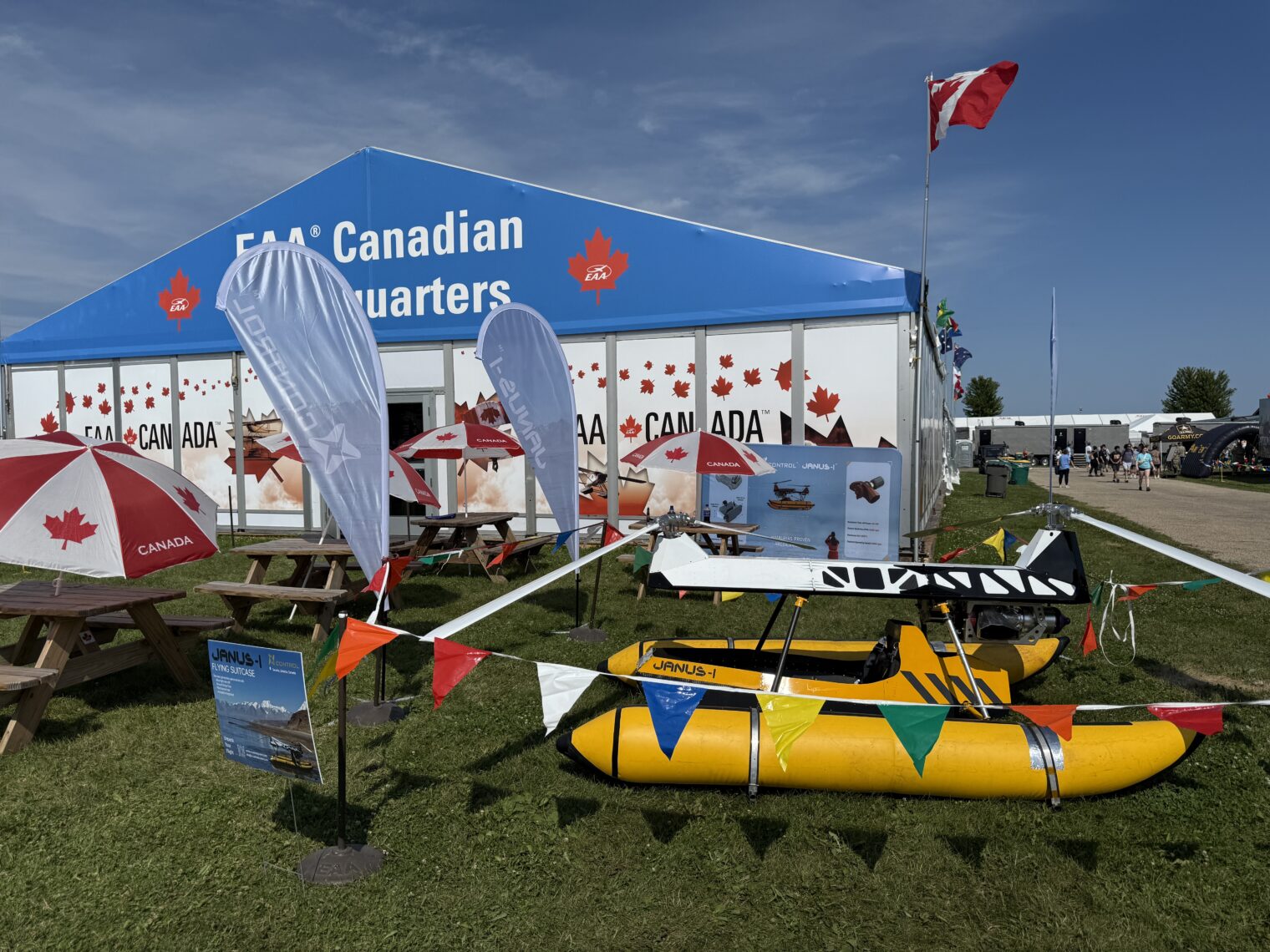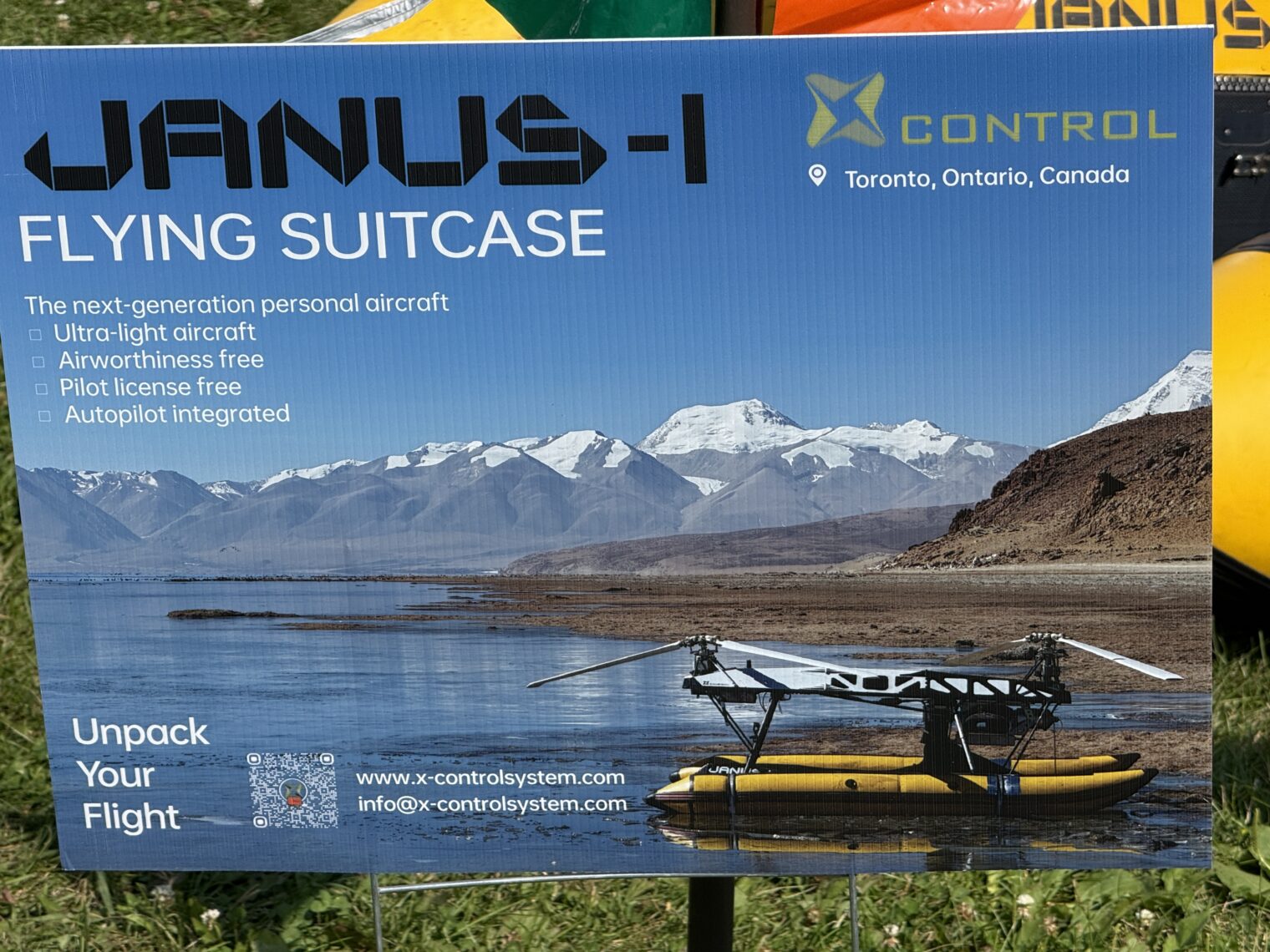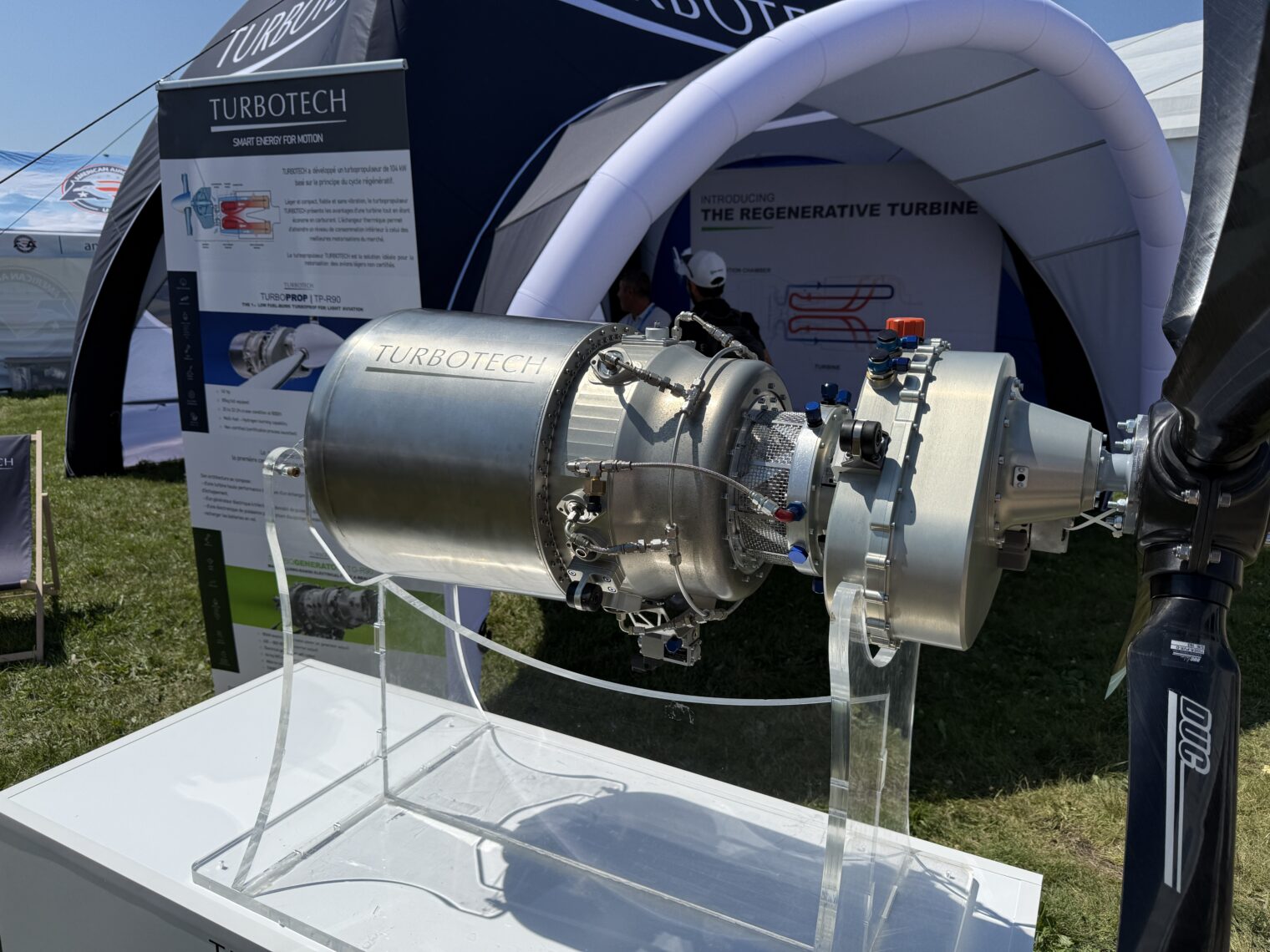Happy National Aviation Day to those who celebrate.
One thing that you’d expect the Experimental Aircraft Association, with revenue of more than $60 million per year, to do is fund the development of new powerplants. There has never been any significant progress in aviation without first an improvement in engines. A low-power high-efficiency turbine engine, for example, would enable the creation of all kinds of dramatically superior aircraft. But none of the kit companies or even the certified four-seat aircraft companies can readily afford to invest what is required.
Enter Turbotech, a startup in the Islamic Republic of France. They say that they have a 140 hp turboprop engine that burns fuel at approximately the same rate as a 140 hp Rotax (piston) engine:
How long before this can be dropped into a certified airframe? The founders said that if everything goes perfect and nothing at all has to be changed in their current design, the engine could be EASA/FAA-certified in three years.
An analysis with some numbers (I disagree with the price discussion):
I don’t think it is Turbotech, but the Canadians claim to have a “turboshaft engine” in their Janus-I Flying Suitcase:


The ultimate license plate for light aircraft enthusiasts (a car parked at Oshkosh and, presumably, that will seen at Sun ‘n Fun in Lakeland, Florida in April:


“haute performance” Ah, oui!
That’s what they said about “Crystal” who worked at the WC-1 (Wild Cherries 1) remote facility near ICT.
So the fuel rate is about the same, seems like advantages are more reliable, quieter, light, multifuel!, retrofittable, less vibration. Higher torque? Everybody else in aviation probably has also thought of this, but could they build a hybrid/electric plane with this?
I spent most of National Aviation Day deleting gag messages from my former aero coworkers, saying stuff like, “Aren’t you glad Phil didn’t go to: Uranus, MO” with gross attached pictures of the Fudge Factory. Sheesh.
Guess it might briefly equal reciprocating engines at cruising speed in a fixed wing turboprop, with a tiny french eating pilot. The overall manufacturing, manetenance, & fuel cost is still insane. It’ll never get Greenspun out of an SR-20.
The A/C upgrade for the SR20 was $40K. Talk about insane $$$.
Looking at an SR20’s engine:
https://en.wikipedia.org/wiki/File:ContIO360engine.JPG
I still marvel at the relative simplicity of these air-cooled engines, even though they have more moving parts than this new turbine.
Modern ICE car engines are a Rube Goldberg maze of hoses and do-dads. I know the reason: emissions, fuel economy… Never mind the costly, mandated, stupid car “driver aids”–most of them wouldn’t be necessary if they went back to thinking about visibility, driver education, ergonomics, and basic courtesy. I learned to drive in a Saab 99, the visibility was amazing. Even the head rests had holes to see backwards better:
https://en.wikipedia.org/wiki/Saab_99#/media/File:1969-SAAB99.jpg
When I worked in aerospace, I always strived for safety, simplicity, and sanity. Imagine the opposition I received…
The point isn’t to get Greenspun out of his SR20, but maybe swapping out powerplants? 🙂
Speaking of Cirrus, I was taking a late-night break from cleaning up a dehumidifier failure.
I didn’t know they made this cute little guy (I’ve been out of aerospace for a long time):
https://en.wikipedia.org/wiki/Cirrus_Vision_SF50
Really cool. Won the Collier in 2018. I hope they studied the Bonanza a little.